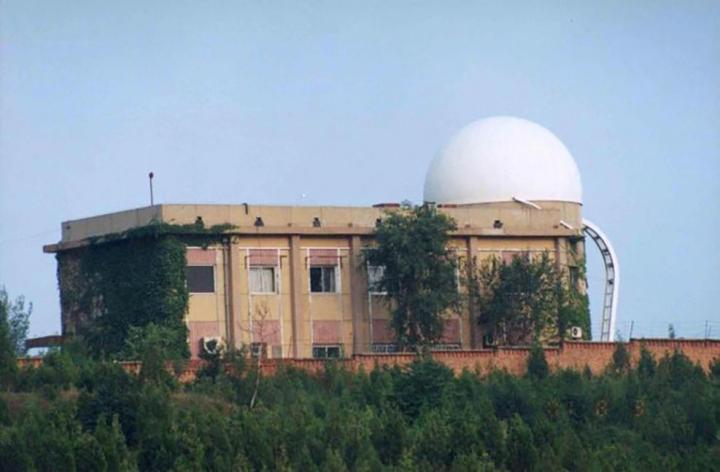Scientists applied a set of algorithms to laser-ranging telescopes and succeeded in increasing accurate detection of the space litter in Earth’s orbit threatening spacecraft safety

Credit: Beijing Fangshan Satellite Laser Observatory
WASHINGTON, D.C., December 24, 2019 – Chinese researchers have improved the accuracy in detecting space junk in earth’s orbit, providing a more effective way to plot safe routes for spacecraft maneuvers.
“The possibility of successfully navigating an asteroid field is approximately 3,720 to one!” exclaimed C-3PO as Han Solo directed the Millennium Falcon into an asteroid field in “Star Wars: The Empire Strikes Back.” Earth’s orbit is nowhere near as dangerous, but after more than half a century of space activity, collisions between jettisoned engines and disintegrated spacecraft have formed a planetary scrapheap that spacecraft need to evade.
Scientists have developed space junk identification systems, but it has proven tricky to pinpoint the swift, small specks of space litter. A unique set of algorithms for laser ranging telescopes, described in the Journal of Laser Applications, by AIP Publishing, has significantly improving the success rate of space debris detection.
“After improving the pointing accuracy of the telescope through a neural network, space debris with a cross sectional area of 1 meter squared and a distance of 1,500 kilometers can be detected,” said Tianming Ma, from the Chinese Academy of Surveying and Mapping, Beijing and Liaoning Technical University, Fuxin.
Laser ranging technology uses laser reflection from objects to measure their distance. But the echo signal reflected from the surface of space debris is very weak, reducing the accuracy. Previous methods improved laser ranging pinpointing of debris but only to a 1-kilometer level.
Application of neural networks – algorithms modeled on the human brain’s sensory inputs, processing and output levels – to laser ranging technologies has been proposed previously. However, Ma’s study is the first time a neural network has significantly improved the pointing accuracy of a laser-ranging telescope.
Ma and colleagues trained a back propagation neural network to recognize space debris using two correcting algorithms. The Genetic Algorithm and Levenberg-Marquardt optimized the neural network’s thresholds for recognition of space debris, ensuring the network wasn’t too sensitive and could be trained on localized areas of space. The team demonstrated the improved accuracy by testing against three traditional methods at the Beijing Fangshen laser range telescope station.
The observation data of 95 stars was used to solve the algorithm coefficients from each method, and the accuracy of detecting 22 other stars was assessed. The new pointing correction algorithms proved the most accurate, as well as easy to operate with good real-time performance.
Ma aims to further refine the method. “Obtaining the precise orbit of space debris can provide effective help for the safe operation of spacecraft in orbit.”
###
The article, “Research on Pointing Correction Algorithm of Laser Ranging Telescope Oriented to Space Debris,” is authored by Tianming Ma, Chunmei Zhao and Zhengbin He. The article will appear in the Journal of Laser Applications on Dec. 24, 2019 (DOI: 10.2351/1.5110748). After that date, it can be accessed at https:/
Media Contact
Larry Frum
[email protected]
301-209-3090
Related Journal Article
http://dx.




